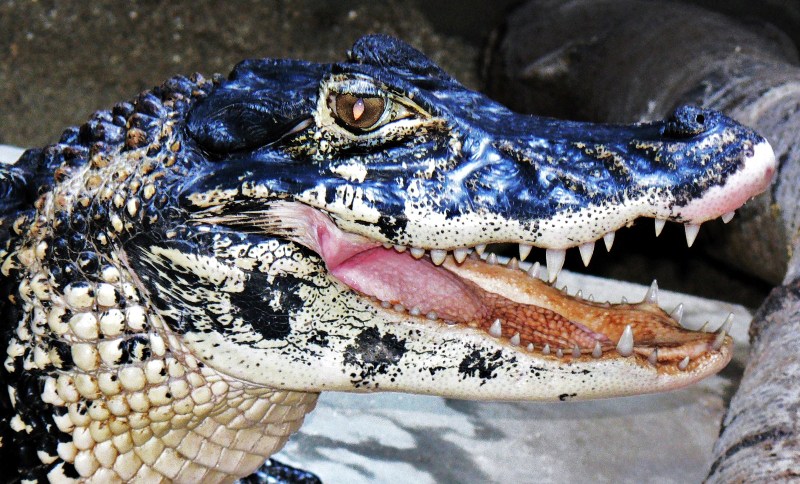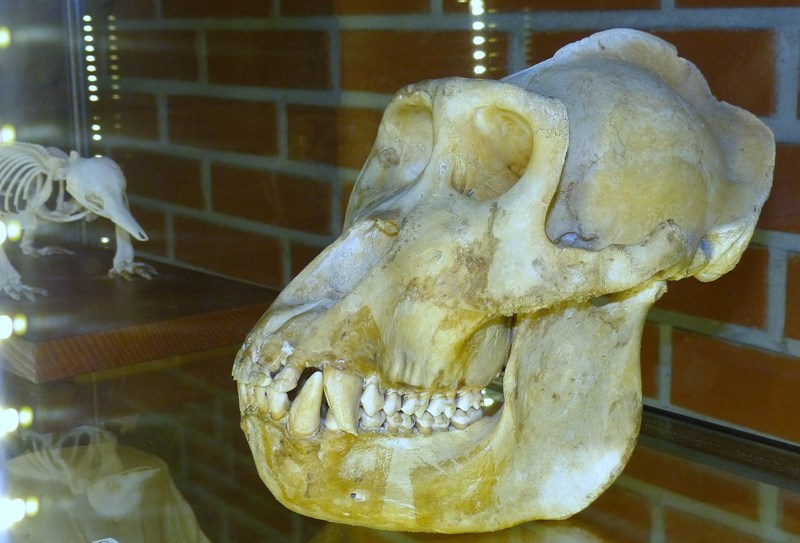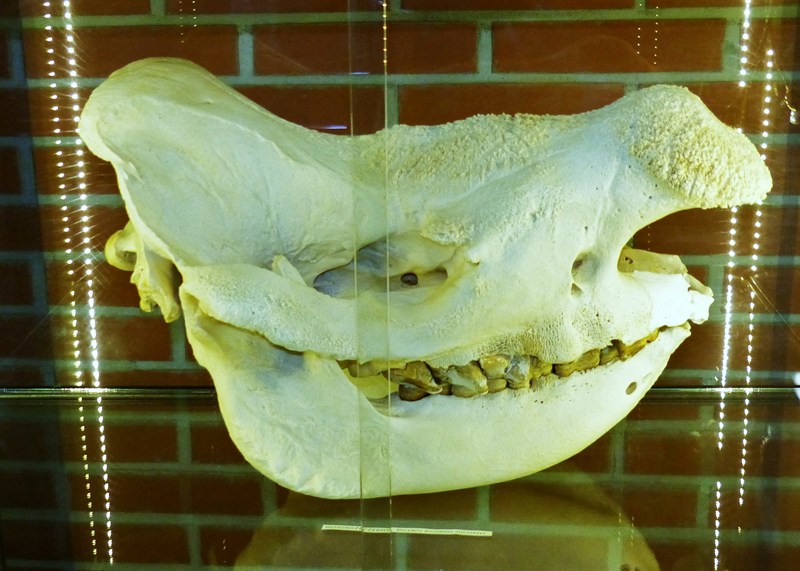Journey to Prehistory, or Prehistoric Zoo
New for school trips
Crocodiles themselves are living fossils; their ancestors appeared on Earth around 220 million years ago, and finds of current crocodile species date back more than 30 million years. The oldest current fossil is the black caiman (Melanosuchus niger). This living fossil was originally described under the name Melanosuchus fischerii, but after comparison with samples of current crocodiles, this species was found to be identical to the current black caiman.
However, there are many more living fossils. We decided to present them in a joint exhibition at our zoo and zoological museum.
This exhibition begins on the second floor of the zoo – in a terrarium with rare Indian gavials. Unlike black caimans, gavials are the youngest members of the crocodilian order, appearing in this evolutionary line at the beginning of the Tertiary period. The terrarium is also home to another Tertiary relict – the New Guinea box turtle – the only box turtle living in fresh water. They are joined by prehistoric bony fish – the giant and Cuban bonefish. They are estimated to have originated 150 million years ago. The exhibition then continues with invertebrates – you will see a live scorpion and specimens of deep-sea crabs. In terms of age, both groups predate crocodiles.
Another interesting exhibit is the skeleton and dermoplast of an animal that combines characteristics of mammals and reptiles – a mammal that lays eggs and raises its young in a pouch, feeding them with breast milk: the New Guinea echidna.
There are also skulls of birds and mammals on display, dominated by the skull of the critically endangered black rhinoceros (Diceros bicornis michaeli) and mountain gorilla (Gorilla beringei) – you cannot see this skull anywhere else in the Czech Republic. The anatomical specimens of animals will be changed, so you can look forward to seeing other unique specimens.
But our visit to prehistoric times does not end there. Finally, you can look forward to seeing a living fossil – the West African mudfish. These fish are considered to be the direct ancestors of today’s amphibians. Mudfish have gills and lungs, which are very similar to the lungs of primitive amphibians. They allow them to breathe atmospheric air. And finally, you will be bid farewell by the largest freshwater turtle in the world, known for its sharp hooked jaws and its typical method of hunting, the caiman.
Would you like to take a group photo with crocodiles? Come visit us at the Crocodile Zoo!
Admission to kindergarten
Children
80,- Kč
One accompanying adult for every 10 children
Free of charge
Admission fee for elementary school
Student
120,- Kč
One accompanying adult for every 10 children
Free of charge
Admission fee for secondary school
Student
215,- Kč
one accompanying person for every 10 students
Free of charge
For school excursions and trips, the zoo is open from 9:00 a.m. by telephone arrangement.
+420 722 940 080 – assistant to the director
+420 725 155 648 – ZOO ticket office
info@krokodylizoo.cz



